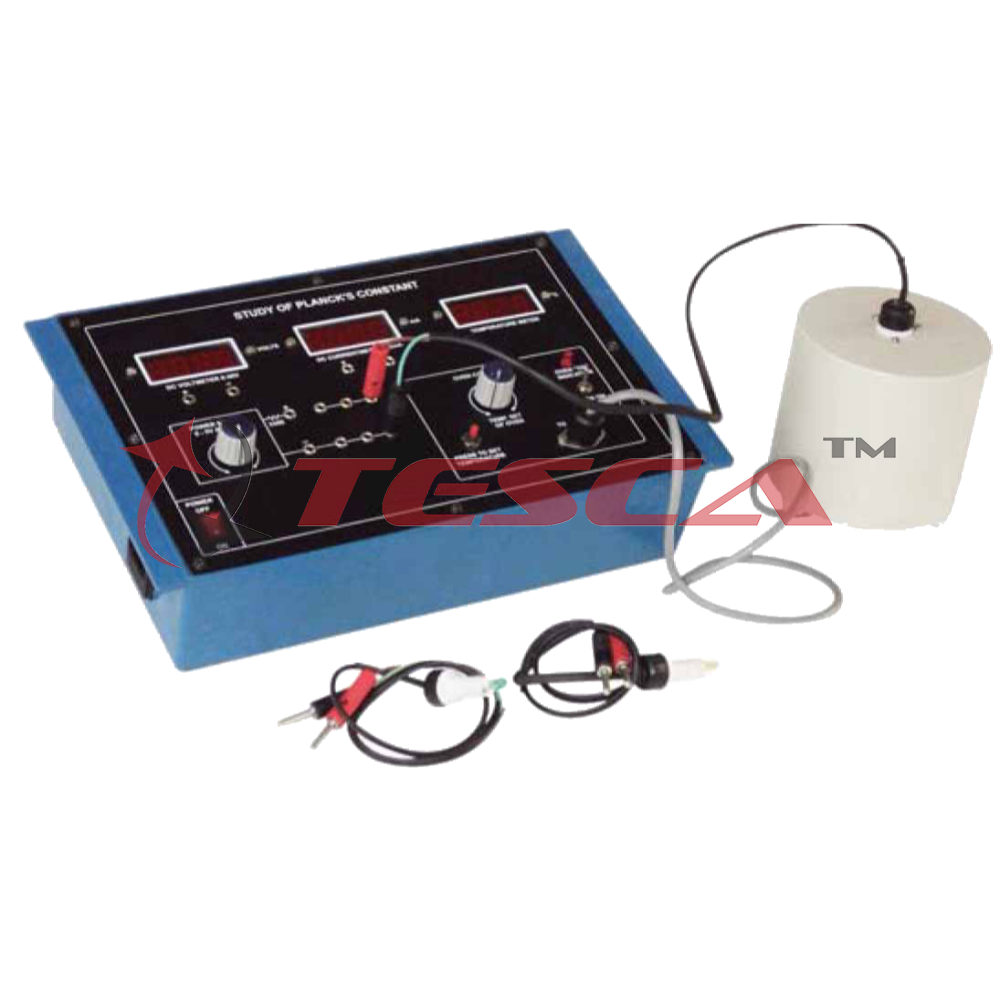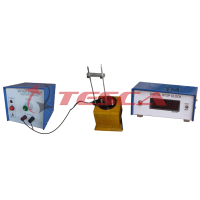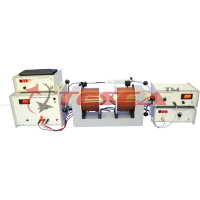Planck's Constant Experiment (by LED's)

Order Code: 55890
Category: Physics Trainers
Highly accurate results Precise measurement of Band-Gap Clear physical interpretation Self contained unit with no extra accessory required Determination of Planck 's constant using LED Several proposals to measure the Pla...
SPECIFICATION
- Highly accurate results
- Precise measurement of Band-Gap
- Clear physical interpretation
- Self contained unit with no extra accessory required Determination of Planck 's constant using LED
Several proposals to measure the Planck's Constant for didactical purposes, using the current voltage (I-V) characteristics of a light emitting diode (LED) have been made quite regularly in the last few years. The reason is that the experiment can be done easily in any lab and the result are surprisingly good (±10%). The physical interpretation however is not completely clear and this has raised many discussions, which has been published almost with same regularity as the proposals themselves.
The present experiment is based on diode current for V<V0 , using the diode law.
I=I° exp [-e (V0 V)/hkT]
where, e is electronic charge, k is Boltzmann constant, T is absolute temperature and h is material constant which depends on the type of diode, the location of recombination region, etc. The correct method to determine the real height of the potential energy barrier Vo is to directly measure the dependence of the current on temperature keeping the applied voltage V slightly below Vo. The idea is that the disturbance to V0 is as little as possible. The slope of In I vs. 1/T curve gives e (V0 - V)hk (Fig. 1). The constant ri is determined from I-V characteristics of the diode (Fig. 2) at room temperature from the relation
h = (e/kt)( V/ in I)
Compared with previous methods, this determination of V0 is more precise and more accurate and at the same time the physical interpretation is more transparent.
The Planck's constant is then obtained by the relation
h= e V0 /c
The wavelength (l) of the light emitted by the diode can be measured by a transmission grating spectrometer normally available in the lab.
The value of Planck's constant obtained from this method is within 5% of accepted value
(6.62x10-34 Joules.sec)
Experimental Set-Up
It is a self contained unit. All the necessary facilities and measuring devices are built in a single unit, as a result only minimum of external connections need to be made.
01 Dependence of current (I) on temperature (T) at constant applied voltage (V)
The following facilities are built in forthis
1.1 Current Meter :
A highly stable current meter with 3½ digit display
Range: 0-20mAwith resolution of 10mA
1.2 Oven
It is a small temperature controlled oven with built-in RTD sensor. The temperature is adjustable from ambient to 65°C and displayed on 3½ digit panel meter. The stability of temperature is ± 0.2°C.
1.3 Voltmeter
A high stability voltage source with 3½ digit display range 0-20V.
02 Material Constant
To draw I-V characteristics of LED for determination of a variable voltage source and current meter are provided with 3½ digit display.
03 The wavelength of light emitted by LED
These are taken from LED datasheet or as measured by transmission grating are provided with the set of LED's










 91-9829132777
91-9829132777